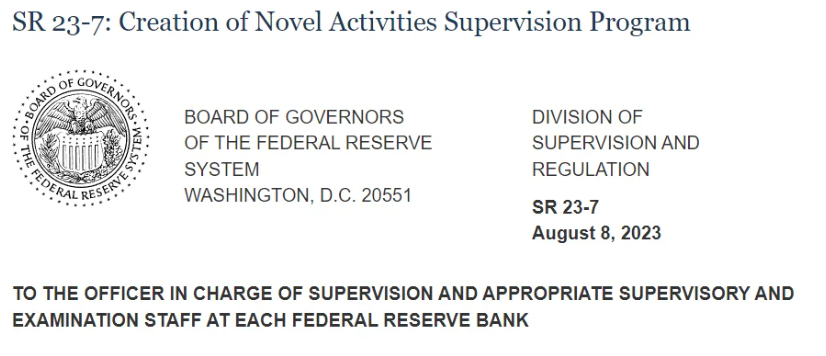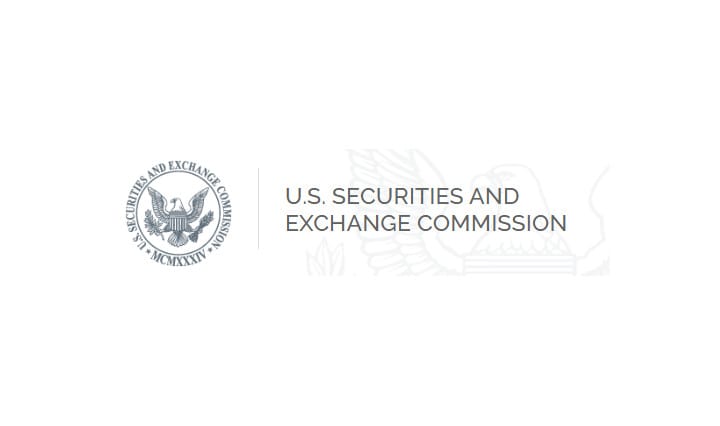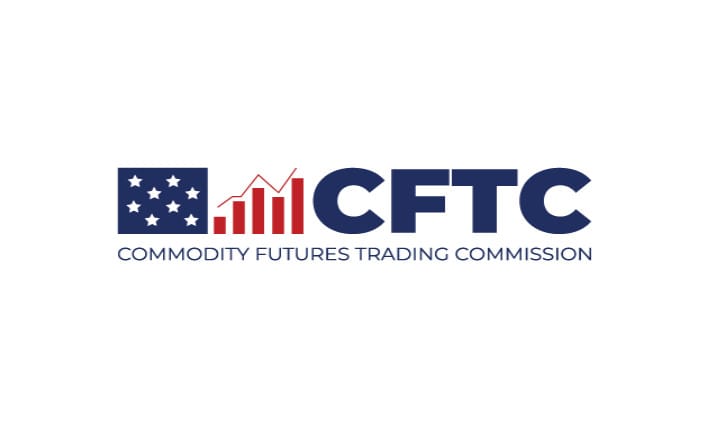The Fed provides additional information on its program to supervise novel activities in the banks it oversees.

Novel activities include complex, technology-driven partnerships with non-banks to provide banking services to customers; & activities that involve crypto-assets, stablecoins & blockchain.

Wut Mean?:
- The Federal Reserve has launched the Novel Activities Supervision Program to boost oversight of new activities by banking organizations.
- The focus is on activities related to crypto-assets, distributed ledger technology (DLT), and tech-driven collaborations with nonbanks to offer financial services.
- Background: Financial innovations offer benefits but also introduce new risks. These novel activities might pose questions about their legality, might not fit within existing supervisory methods, and could affect the wider financial system.
Program Details:
- Targets partnerships where non-banks use technology (like APIs) to offer banking services.
- Covers crypto-asset activities like custody, collateralized lending, trading facilitation, and stablecoin issuance.
- Monitors projects using DLT that might have a significant impact, such as dollar token issuance.
- Focuses on banks primarily offering traditional services to crypto-related entities and fintechs.
- The Program will cooperate with the Federal Reserve's current supervisory teams, without transferring supervised entities to a separate portfolio.
- Its approach will be risk-based, adjusting supervision intensity based on each organization's engagement level in novel activities.
- Only banking organizations involved in notable novel activities will be examined through the Program, and they'll be notified about it.
- The Program aims to stay updated by consulting a diverse group from the Federal Reserve System, academics, and industry experts.
- Its goal is to enhance the Federal Reserve's understanding of novel activities and their risks while informing the development of new supervisory methods.
- The Program aims to foster innovation in financial services, ensure safety, and adhere to the principle that banks can provide services to any customer type within legal constraints.

Wut Mean?:
- On January 27, 2023, the Board of the Federal Reserve clarified its stance regarding state member banks. The Board generally expects these banks to engage only in activities that national banks can engage in, except for activities permissible by specific federal statutes or under 12 CFR part 362.
- The Office of the Comptroller of the Currency (OCC) allowed national banks to use distributed ledger technology (like blockchain) for payment activities, including transactions involving dollar tokens. However, banks must prove they can manage these activities safely and soundly.
Nonobjection Process for Dollar Token Activities:
- State member banks wanting to participate in dollar token activities must prove to Federal Reserve supervisors that they have the necessary controls for safe and sound operation.
- Before engaging in such activities, banks need written approval (nonobjection) from the Federal Reserve.
- A bank must notify its Federal Reserve contact about any intention to partake in these activities, providing detailed plans.
- Once approved, banks will still undergo regular supervisory checks and enhanced monitoring for these activities.
- For approval, banks should prove they've set up risk management practices, including adequate systems for ongoing risk oversight.
- Risks the Federal Reserve staff will focus on include operational, cybersecurity, liquidity, illicit finance, and consumer compliance risks.
- Additionally, the bank must show compliance with all applicable laws.
- Reserve Banks are tasked with informing the supervised banks in their districts about this stance. Banks can also send questions to the Board through their public website.
TLDRS:
- The Federal Reserve Board has shared more details about its plan to supervise new and complex bank activities, especially those related to technology partnerships, crypto-assets, and blockchain.
- The Board also outlined steps for state banks to safely use dollar tokens or stablecoins.



